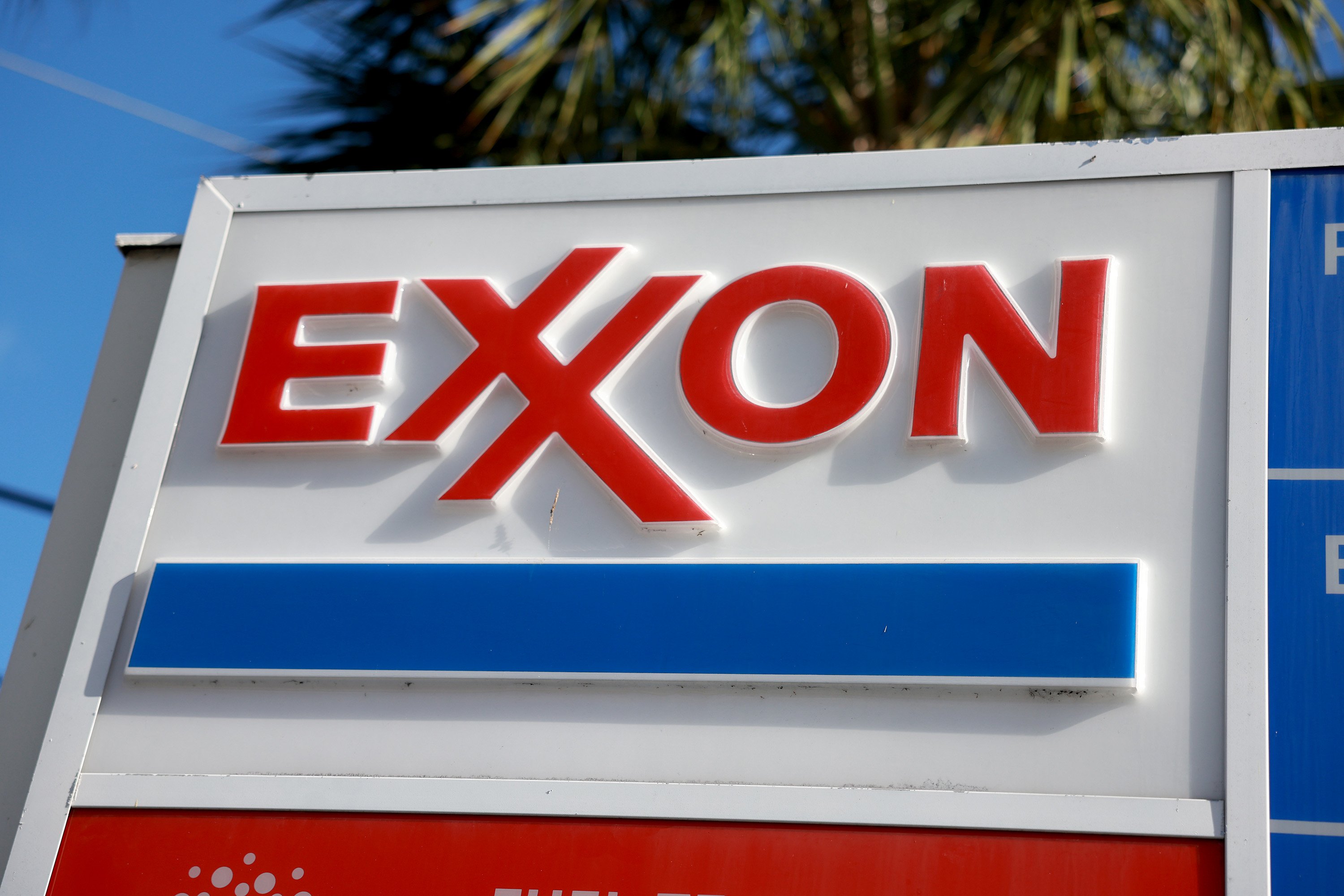Given escalating tensions in the Middle East and related uncertainty, investors may want to think about adding some exposure to energy stocks. Although the sector hasn't exactly crushed it in recent years, and talks of a ceasefire between Israel and Iran have kept oil prices down (as of June 24), the region is erratic, and there are plenty of scenarios that could lead to higher oil prices.
Having some exposure to oil and gas stocks can keep investors hedged against such a scenario. The good news is that many energy stocks pay healthy dividend yields that will provide strong passive income even if oil prices stay muted. Here are three energy stocks with juicy dividend yields.

Image source: Getty Images.
1. ExxonMobil
The Houston, Texas-based ExxonMobil (XOM 0.60%) is one of the few large energy players that has really crushed it over the last five years, with the stock up 162%. The company has focused on cutting costs, its successful upstream operations, and tapping into new alternative energy sources that will make it less dependent on the price of oil. Exxon also thinks it can generate an additional $20 billion of earnings between 2024 and 2030, due to more cost efficiencies and by producing more profitable barrels of oil.

NYSE: XOM
Key Data Points
With energy demand in the world expected to increase, ExxonMobil has been focusing on alternative sources such as hydrogen and lithium, products the company believes can contribute $1 billion in earnings by 2030. ExxonMobil has been a phenomenal dividend payer for quite some time, raising its dividend annually for 42 straight years at a 6% compound annual growth rate. The dividend yield is currently close to 3.5% and management is also in the midst of a $20 billion share repurchase program that lasts through 2026. With a roughly 5.6% free-cash-flow yield over the last 12 months and plans to significantly grow cash flow over the next five years, ExxonMobil's dividend looks very sustainable.
2. Chevron
A top holding in Berkshire Hathaway's massive equities portfolio, Chevron (CVX 0.48%) is another U.S.-based oil stock that investors can look to add for energy exposure. Chevron has succeeded in recent years in increasing its net oil production in the Permian Basin, achieving a 16% compound annual growth rate (CAGR) between 2019 and 2024, with plans for a 5% to 6% CAGR in 2025 and 2026. Chevron also expects to decrease its capital expenditures in the coming years, leading to $2 billion of free-cash-flow growth in its Permian operations by 2026. Meanwhile, the company also hopes to lower its carbon intensity and integrate renewable energy into its business. Chevron's 4.5%-plus dividend yield is very attractive, and the company has grown its quarterly dividend for 38 straight years, which is a strong track record.

NYSE: CVX
Key Data Points
Chevron's free-cash-flow yield of over 5% over the last 12 months covers the dividend and the company thinks it can grow free cash flow by $10 billion by 2026, due to new projects and cost efficiencies. Chevron is modeling for $9 billion of free-cash-flow growth with the price of Brent crude oil at $60 per barrel. The company also regularly conducts billions of share repurchases every quarter.
3. BP
London-based BP (BP 0.76%) offers the highest dividend yield of these three stocks at over 6%. BP announced a strategy reset earlier this year, with plans to grow its upstream operations and launch 10 major projects between 2025 and 2027.
The company is planning drilling exploration projects globally, including in the U.S., Trinidad, Egypt, India, and Iraq. BP's future goals are to increase returns and cash flow, while lowering costs and net debt. Net debt reached $27 billion in the first quarter of 2025, but management aims to significantly lower this number to the $14 billion to $18 billion range by 2027, partly through divestitures.

NYSE: BP
Key Data Points
Additionally, The Wall Street Journal recently reported that Shell has approached BP about a potential acquisition. A Shell spokesperson denied the report, but if Shell ultimately gets acquired, the company could very well get a premium on the current stock price.
In terms of returning capital to shareholders, management expects to allocate 30% to 40% of operating cash flow to dividends and share repurchases. The company recently launched a $750 million share repurchase plan to be completed in the second quarter. BP significantly cut its dividend in 2020 to free up cash to invest in the business, but the company still pays a leading dividend yield and with a close to 12% free-cash-flow yield over the last 12 months, BP should easily be able to cover the dividend and increase it each year.





